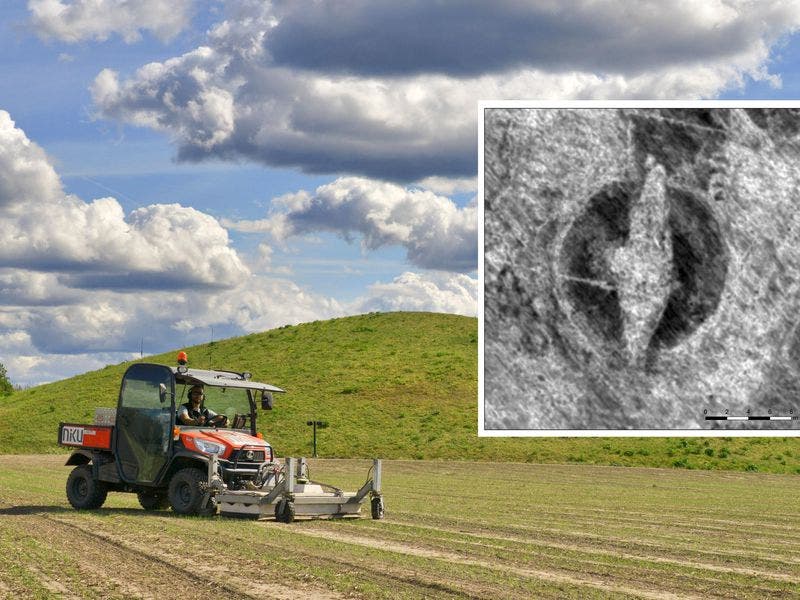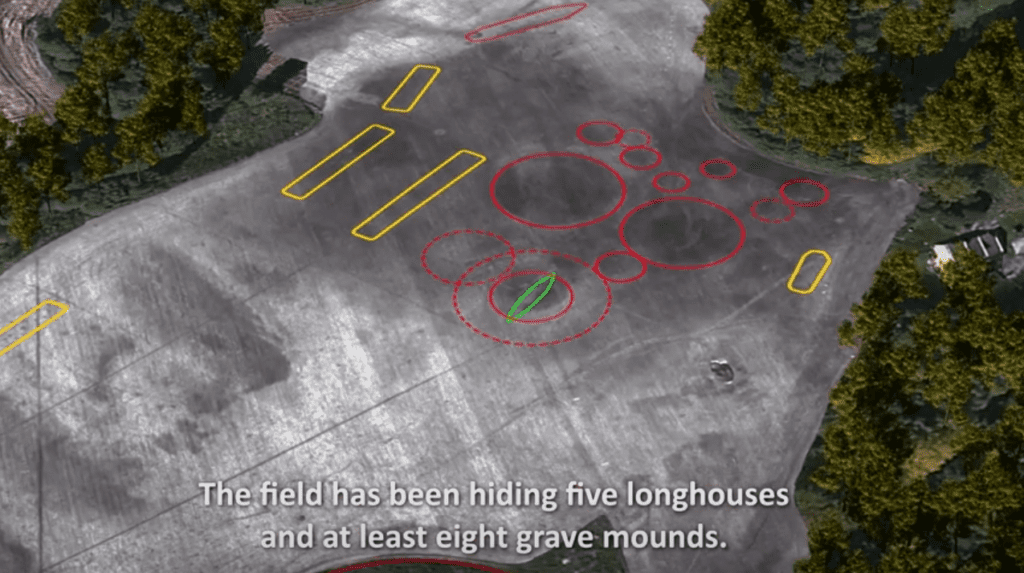Norwegian archaeologists are racing to save a buried Viking ship they have identified using state of the art technology.

The Vikings were not exactly a subtle bunch. Whether it was pillaging the British Isles, building ships, or burying their leaders, Vikings like to do things with style and grandeur. Scandinavian archaeologists have discovered several ship burial sites — where a wooden ship is used as a tomb and typically covered in soil, creating a burial mount — but no new such site has been uncovered in Norway since 1904.
Three well-preserved Viking ships were excavated in Norway in 1868, 1880 and 1904, respectively, reports the Local Norway. This would be the first site excavated with modern archaeological standards, and it’s a really impressive site at that.
The first time the 65-foot-long (20-meter) ship was discovered was in 2018, by archaeologists at the Norwegian Institute for Cultural Heritage Research (NIKU). The ship was likely buried over 1,000 years ago, and given its size, it probably serves as the final resting place of a prominent king or queen — and it’s one of the largest Viking ship graves ever found.
So hopefully you’ll excuse us if we get a bit excited about the discovery of the tomb of a Viking king — a discovery which by the way, was done thanks to physics.
Old meets new

When archaeologists look for stuff nowadays, they don’t just start digging randomly. Typically, they have an inkling that a site might be interesting (or in some cases, a very strong indication), but even so, they usually deploy physical surveying methods to “see” what lies underground.
For this study, researchers used a method called “ground penetrating radar” — or GPR, as they call it in the business. GPR involves sending a radar pulse into the ground which is then reflected back to the surface, highlighting materials with different physical parameters. Thus, the ship itself (and the disturbed soil around it) stands out against the background, and the method is completely non-invasive.
But the ship wasn’t the only thing they found.
The site where the measurements were carried out had several other notable features, the archaeologists noted.
“The ship burial does not exist in isolation, but forms part of a cemetery which is clearly designed to display power and influence,” says NIKU archaeologist Lars Gustavsen in a statement.

Norway has now designated 15.6 million Norwegian krone (roughly $1.5 million USD) toward the dig, which is set to be carried out this summer. The authorities are also in a race against time, as the more time the ship is buried, the more decayed it is likely to be.
Here is a presentation video detailing the method and the archaeological findings:





